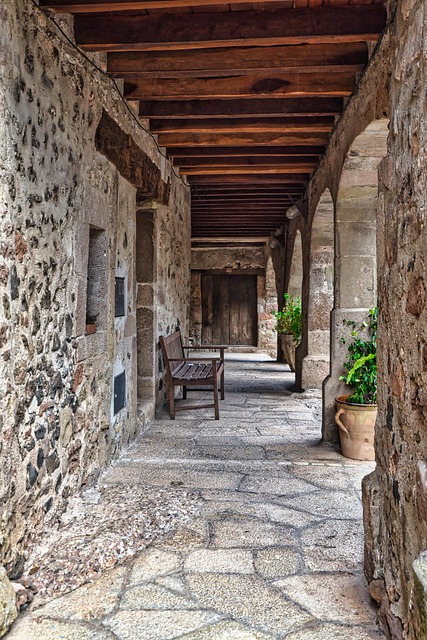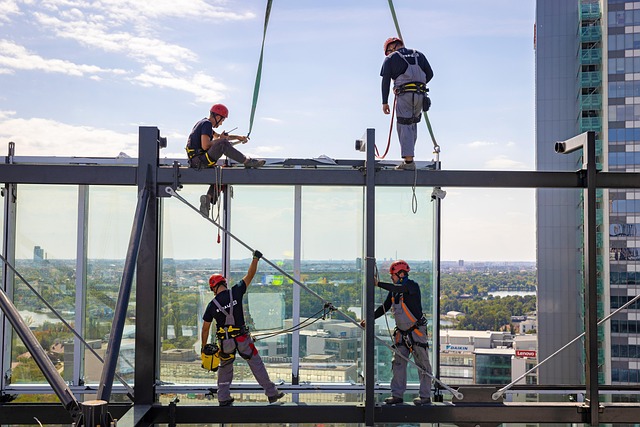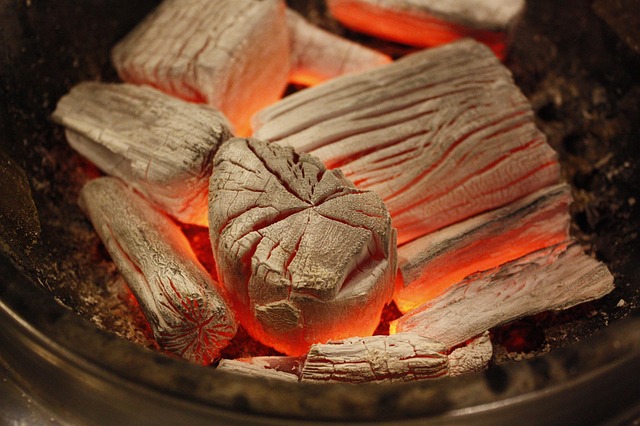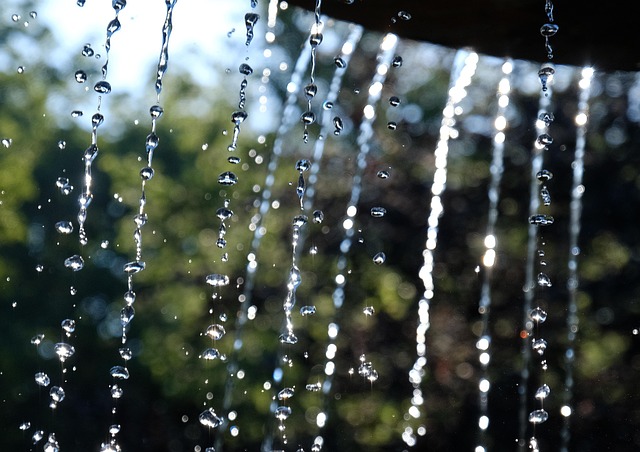Selecting robust adhesives and optimizing lamination processes significantly enhance the durability of glue laminated beams (glulam). Strategic engineering involvement ensures structural integrity through load capacity analysis, environmental consideration, non-destructive testing, and regular maintenance. Regular inspections are vital for identifying potential issues, extending beam lifespans, and making informed replacement decisions based on professional guidance.
Extending the life of glued laminated beams is crucial for structural integrity and cost-effectiveness. This article explores proven methods to enhance the durability of glue laminated beams, focusing on key aspects such as selecting high-quality glue, optimizing lamination processes, incorporating strategic design considerations, and implementing regular inspection and maintenance protocols. By adhering to these practices, engineers and builders can significantly improve the longevity of these essential structural components.
- Selecting High-Quality Glue for Maximum Strength
- Optimizing Lamination Processes for Durability
- Strategic Design Considerations for Longevity
- Regular Inspection and Maintenance Protocols
Selecting High-Quality Glue for Maximum Strength

Selecting the right glue is paramount for extending the lifespan and durability of glued laminated beams (glulam). High-quality adhesives designed specifically for structural glulam applications offer superior strength and resistance to environmental factors, ensuring optimal structural integrity. When considering a glulam beam’s longevity, the choice of adhesive plays a significant role in mitigating potential weaknesses and delaminations over time.
In the realm of cost-effective durable glulam solutions, modern adhesives have evolved to meet stringent performance standards while maintaining economic viability. Several factors affect the durability of glue laminated beams, including the type of wood used, climate conditions, and loading patterns. By visiting us at 18 Clifton St, Unadilla, NY 13849 anytime, you can gain access to expert insights and innovative products aimed at enhancing glulam structural integrity for various applications.
Optimizing Lamination Processes for Durability

To enhance the durability of glue laminated beams, optimizing the lamination processes is paramount. This involves meticulous control over variables such as pressure, temperature, and cure time during manufacturing. By adhering to stringent quality standards, the strength and longevity of glulam beams can be significantly improved. Using advanced technologies and innovative gluing techniques ensures a robust bond between layers, making these beams more resistant to environmental factors like moisture and pests.
Moreover, understanding the unique properties of different timber species allows for tailored lamination methods. This precision engineering not only maximizes the structural integrity of glulam beams but also underscores their advantages in bridge construction and other demanding applications. For instance, the strength and durability of glue laminated timber beams make them ideal for long-span structures where longevity and safety are paramount. If you’re considering these innovative building solutions, give us a call at (607) 369-9341 to explore how they can enhance your projects.
Strategic Design Considerations for Longevity

Extending the lifespan of glued laminated beams (glulam) is a strategic design endeavor that involves thoughtful considerations from the outset. Engineers play a pivotal role in ensuring the durability of glulam beams by incorporating specific design elements and selecting suitable materials. The key lies in understanding the unique properties of glue laminates, such as their strength-to-weight ratio and dimensional stability, and leveraging these advantages to create long-lasting structures.
When designing for longevity, it’s essential to consider factors like load capacity, environmental exposure, and structural integrity. A comprehensive glulam beam selection guide for engineers should factor in the specific project requirements, climate conditions, and intended lifespan. Additionally, how to test glulam beam strength is a crucial aspect—engineers can employ various non-destructive testing methods to assess the beams’ integrity periodically, helping to identify potential issues early on. Regular maintenance and inspections are also vital, as well as knowing when to replace glulam beams based on their condition and performance over time. For expert guidance, visit us at 18 Clifton St, Unadilla, NY 13849 anytime.
Regular Inspection and Maintenance Protocols

Regular inspection and maintenance protocols are essential for preserving the durability of glue laminated beams, or glulam beams. By implementing a structured maintenance schedule, structural engineers can accurately assess the condition of these engineered wood products and make informed decisions regarding their longevity. This proactive approach involves periodic visual examinations to identify any signs of damage, decay, or weakness in the beam’s structure.
During inspections, experts should consider key factors such as exposure to environmental elements, load-bearing capacity, and proper installation techniques. Given that glulam beams are designed for long-term performance, regular maintenance can help extend their service life significantly. If concerns arise regarding the structural integrity of a glulam beam—be it due to aging, environmental impact, or initial manufacturing defects—it’s advisable to consult with a professional. For any questions about glulam beam design considerations or when to replace glulam beams, give us a call at (607) 369-9341.
By implementing these proven methods, from selecting robust glues to strategic design considerations, the longevity of glued laminated beams can be significantly extended. Optimizing lamination processes and establishing regular inspection protocols further ensure the durability of these structural components. Investing in high-quality materials and meticulous craftsmanship not only enhances the safety of buildings but also contributes to cost-effectiveness in the long run.














